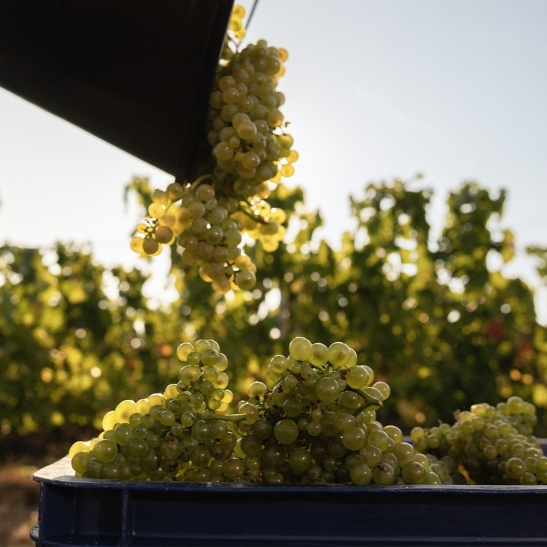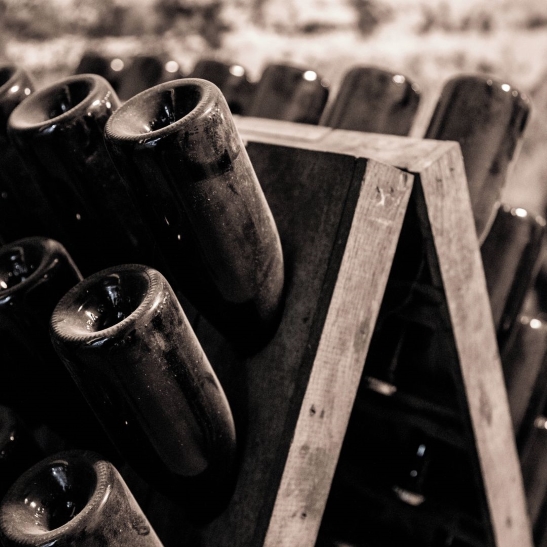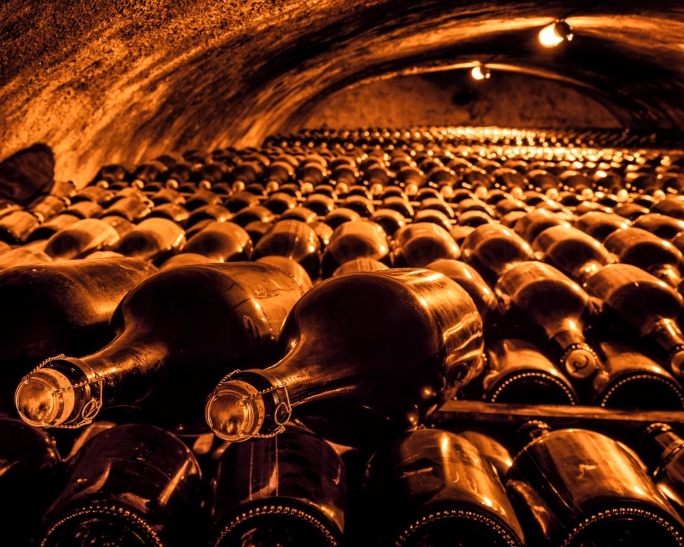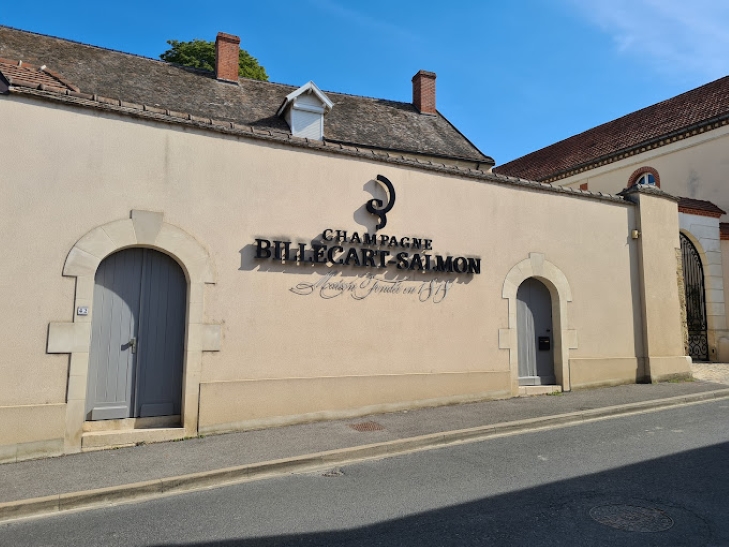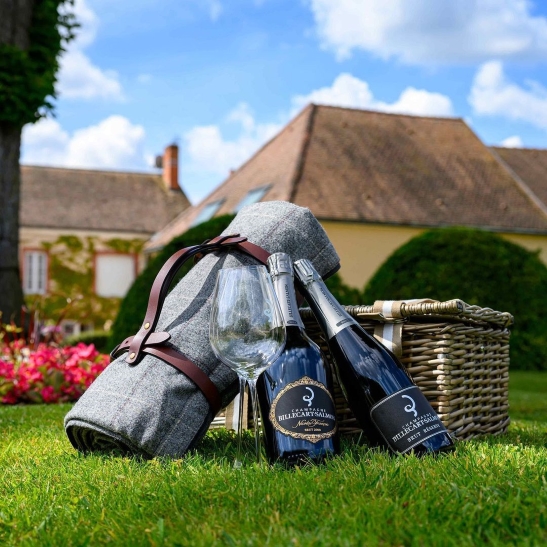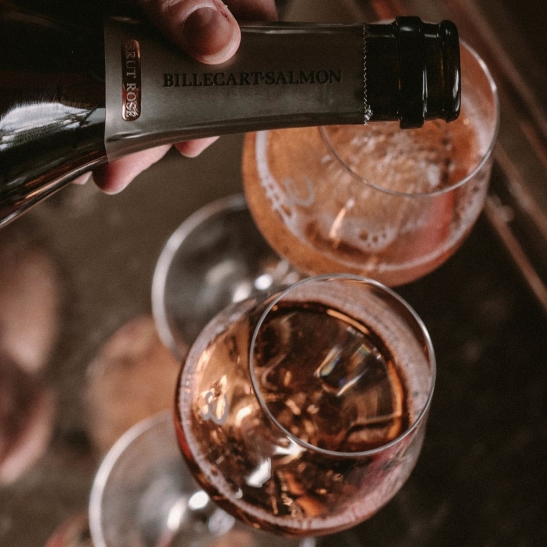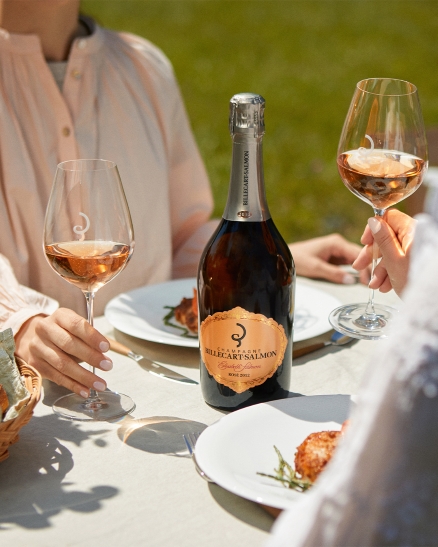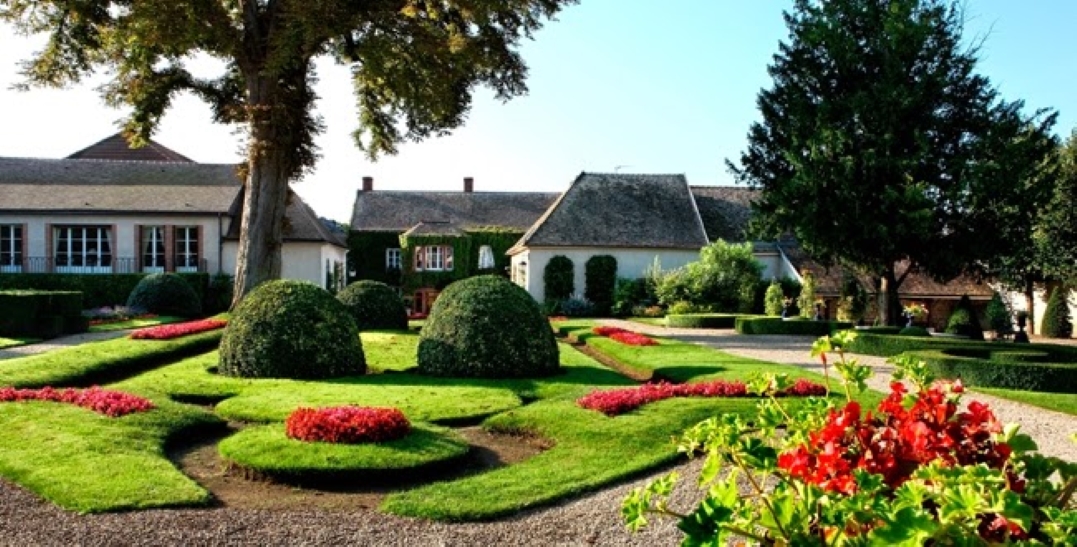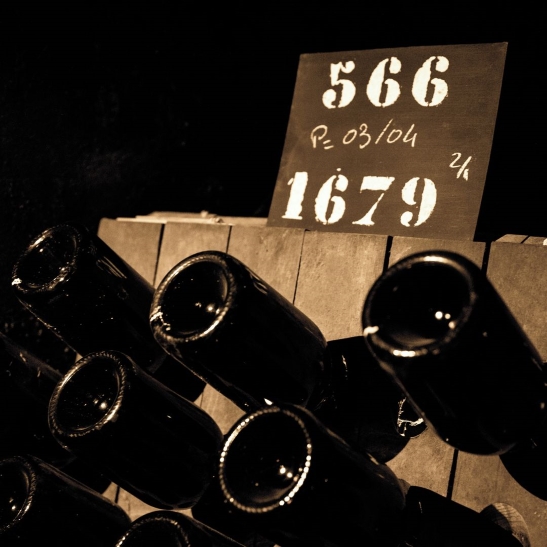
COUNTRY
France

REGION

GRAPE VARIETY
Champagne Blend

VINTAGE
CASE (X6 BOTTLES)
€570,00
AVAILABLE STOCK: 18 BOTTLES
AVAILABLE STOCK: 18 BOTTLES

COUNTRY
France

REGION

GRAPE VARIETY
Champagne Blend

VINTAGE
Country: France, Champagne
Grape Varieties: 40% Pinot Noir, 33% Chardonnay and 27% Pinot Meunier
This wine, with an extra brut dosage, is dominated by great Pinot Noir flavours which is tempered by the elegance of the Chardonnay from the Côte des Blancs and that signature touch of Meunier.
Appearance: The yellow colour has soft golden undertones, naturally enhanced by a fine, dynamic effervescence. A shining, very radiant effect that brings out the full potential of nine years of maturation in our ancestral chalk cellars.
Aroma: The delicious intensity of precise fruit with citrusy and nutty notes (grapefruit pulp, slivered almonds). A nuanced sensory development built around pastry scents (raw butter, white fruit jelly). A masterful aromatic expression with a refined, refreshing purity
Palate: A nervy, charming, tactile delight (chestnut cream, fresh blueberries and shortbread), emphasized by a delicate texture. The wine rises to a distinguished complexity with a persistent finale, crisply structured by the high-quality potential of such a sought-after vintage.
Tasting: A deeply sculpted vintage with a noble, exquisitely distinctive character. Enjoy to the fullest with red tuna, papaya and avocado, or with pan-fried foie gras, peaches, verbena, rhubarb and verjuice (prematurely harvested grape juice). Service temperature: 11–12° C.
Case Bottles: 6

SHIPPING FEES
For orders €100,00 and
above we deliver free to
your place
For orders below €100,00 delivery
charge €10,00 within city limits.
Country: France, Champagne
Grape Varieties: 40% Pinot Noir, 33% Chardonnay and 27% Pinot Meunier
This wine, with an extra brut dosage, is dominated by great Pinot Noir flavours which is tempered by the elegance of the Chardonnay from the Côte des Blancs and that signature touch of Meunier.
Appearance: The yellow colour has soft golden undertones, naturally enhanced by a fine, dynamic effervescence. A shining, very radiant effect that brings out the full potential of nine years of maturation in our ancestral chalk cellars.
Aroma: The delicious intensity of precise fruit with citrusy and nutty notes (grapefruit pulp, slivered almonds). A nuanced sensory development built around pastry scents (raw butter, white fruit jelly). A masterful aromatic expression with a refined, refreshing purity
Palate: A nervy, charming, tactile delight (chestnut cream, fresh blueberries and shortbread), emphasized by a delicate texture. The wine rises to a distinguished complexity with a persistent finale, crisply structured by the high-quality potential of such a sought-after vintage.
Tasting: A deeply sculpted vintage with a noble, exquisitely distinctive character. Enjoy to the fullest with red tuna, papaya and avocado, or with pan-fried foie gras, peaches, verbena, rhubarb and verjuice (prematurely harvested grape juice). Service temperature: 11–12° C.
Case Bottles: 6

SHIPPING FEES
For orders €100,00 and
above we deliver free to
your place
For orders below €100,00 delivery
charge €10,00 within city limits.




